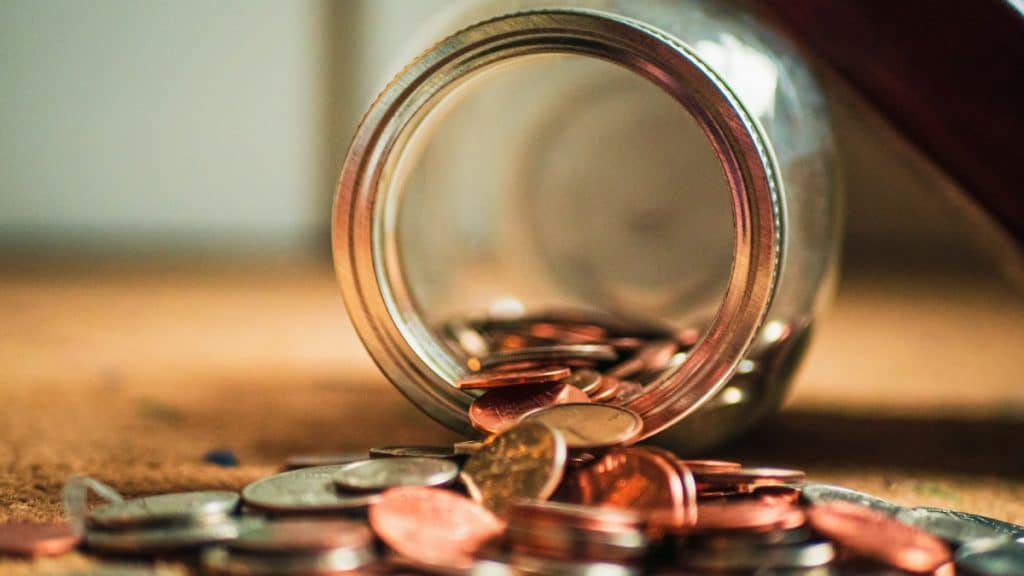So, you’ve got a big purchase looming on the horizon. Maybe you need a new car, a home renovation, or that dream vacation you’ve been putting off for years. Whatever the situation, one thing you know for sure is that you don’t want to drain your savings to pay for it.
Sound advice. Your savings shouldn’t be available for the odd splurge but for long-term plans and emergencies. But if you are not paying cash, then how do you fund it without taking on debt that you will regret later?
Let’s take a look at some smart ways of financing a big purchase without hurting your financial situation.
1. A Personal Loan: Predictable Payments Without the Hassle
If you need a disciplined way to pay for a major purchase, a personal loan can be your best bet. Unlike credit cards with high interest rates, personal loans typically have fixed monthly payments and lower interest rates. So there are no surprises, just a set repayment plan right up front.
Not sure how much you can afford to spend? Let a personal loan calculator crunch the numbers for you. Just enter the loan amount, interest rate, and repayment term, and you’ll get a good estimate of your monthly payments. No guessing, no surprises—just a straightforward plan for your budget.
2. 0% APR Credit Cards: A Good Idea—If You Play It Right
Ever heard of a 0% APR credit card? Some credit card issuers offer promotional intervals during which you pay zero interest for a certain number of months (typically 12 to 18 months). That’s the equivalent of an interest-free loan if you can pay off your purchase within that time.
Sounds great, right? It is if you’re serious about paying it off in full before the promo period ends. Otherwise, you could get hit with outrageous interest rates once the offer expires.
Best for: Moderately priced purchases that you can repay fairly soon, like a laptop, furniture, or an appliance for your home.
3. In-House Financing: Retailers Want Your Business—Use That to Your Advantage
Ever notice those “Buy Now, Pay Later” promotions at furniture or electronics retailers? Many retailers offer financing plans—some with 0% or low interest—to attempt to get you to make big purchases.
This is a great concept if:
- The interest rate is low or really 0% (watch out for hidden fees).
- You can afford the monthly payments.
- You read the fine print (some plans have “deferred interest,” meaning that if you miss a payment, you might owe all the interest retroactively).
Convenient, but be clear about what you’re getting yourself into.
4. Home Equity Loan or HELOC: Borrowing Against Your Home’s Value
If your purchase is home-related—a new roof, kitchen remodel, or adding a deck, for instance—a home equity loan or home equity line of credit (HELOC) may be a smart move.
Home Equity Loan: You get a lump sum with a fixed interest rate and repayment schedule.
HELOC: It’s more like a credit card—you borrow as needed, up to a set limit, and only pay interest on what you use.
The catch? Your home is the collateral. That means if you fail to make payments, you’re putting your home at risk. So, only consider this if you’re financially stable and confident you can repay.
5. Buy Now, Pay Later (BNPL): Small Installments, But Beware of Fees
BNPL products like Afterpay, Klarna, or Affirm have been growing in popularity. They let you split payments into installments, usually four to six months, often with no interest (if you pay on time).
This can be perfect for smaller to medium-sized purchases like a new phone, clothes, or even vacations. Be careful, however—some BNPL plans charge hefty fees if you’re late on a payment. Too many BNPL loans can also add up fast, and it’s simple to overspend.
6. Employer or Membership Perks: Hidden Financial Help
This one is overlooked. Some employers offer monetary assistance in the form of paycheck advances or low-interest employee loans. If you belong to a credit union or professional association, you might also find lower-interest financing that isn’t highly advertised.
It’s worth asking before you borrow at a higher interest rate elsewhere.
Final Thoughts: What’s the Best Option for You?
When it comes to paying for a big purchase, there is no one-size-fits-all. The best way to finance it depends on:
- How quickly you can pay it off (short-term options like 0% APR credit cards are great if you’re disciplined).
- How big the purchase is (personal loans and home equity loans are better for bigger purchases).
- Your risk tolerance (using home equity means putting your property at risk, while BNPL services can encourage impulse purchasing).
No matter which route you take, run the numbers in advance. A personal loan calculator can help you see how a loan would fit into your budget, and shopping around for the best interest rates among the various options can save you hundreds (or even thousands) in the long run.
At the end of the day, the goal is to get what you need without sacrificing your financial future. Borrow responsibly, spend intelligently, and leave your savings alone until you really need them.
